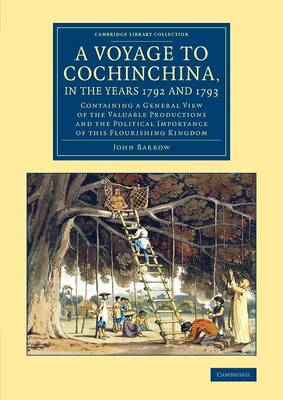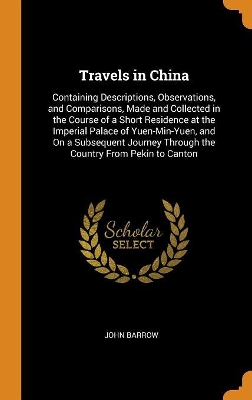Cambridge Library Collection - Travel and Exploration in Asia
2 total works
A staunch supporter of exploration, Sir John Barrow (1764-1848) backed expeditions to Africa, Australia, the Arctic and the Antarctic during his forty-year tenure as Second Secretary to the Admiralty. In his early career, he served as an aide to the diplomat Lord Macartney, joining him on his 1792-4 embassy to China, and during his later governorship of the Cape of Good Hope. Barrow was a prolific author, setting new standards of detail and accuracy for travel writing. In this 1806 account, he recounts the embassy's journey to Cochinchina (now Vietnam) via Brazil and Java. In one of the first illustrated accounts of the country in English, Barrow applies his boundless curiosity and elegant style to history, politics, local customs, and the flora and fauna. His autobiography and several other volumes of his travel writing are also reissued in the Cambridge Library Collection.
In 1792, a British embassy headed by Earl Macartney travelled from Peking (Beijing), China, to Canton (Guangzou) with the aim of improving trade with China. The complete account of the mission was recorded by the Earl's private secretary, Sir John Barrow, in Travels in China (1804), a work intended to 'shew this extraordinary people in their proper colours' as well as to 'divest the court of the tinsel and tawdry varish' which Barrow thought that missionary accounts promoted. Both a paean to British imperial ambitions and a compelling example of early nineteenth-century travel literature, Travels in China presents an account of Chinese government, trade, industry, and cultural and religious practices through the eyes of one of England's most ardent expansionists. Barrow would go on to write an account of the mutiny on H.M.S. Bounty (1831), but Travels in China remained by far the more significant work in his lifetime.

